
The road in to Mungo NP after leaving Balranald.

On our way to Mungo NP, part of the Willandra Lakes World Heritage Area.

Lake Mungo. The road goes right across it.
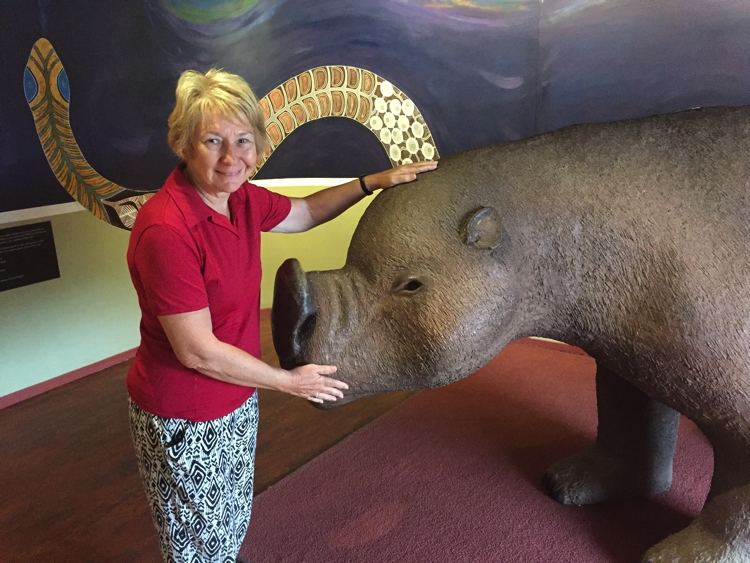
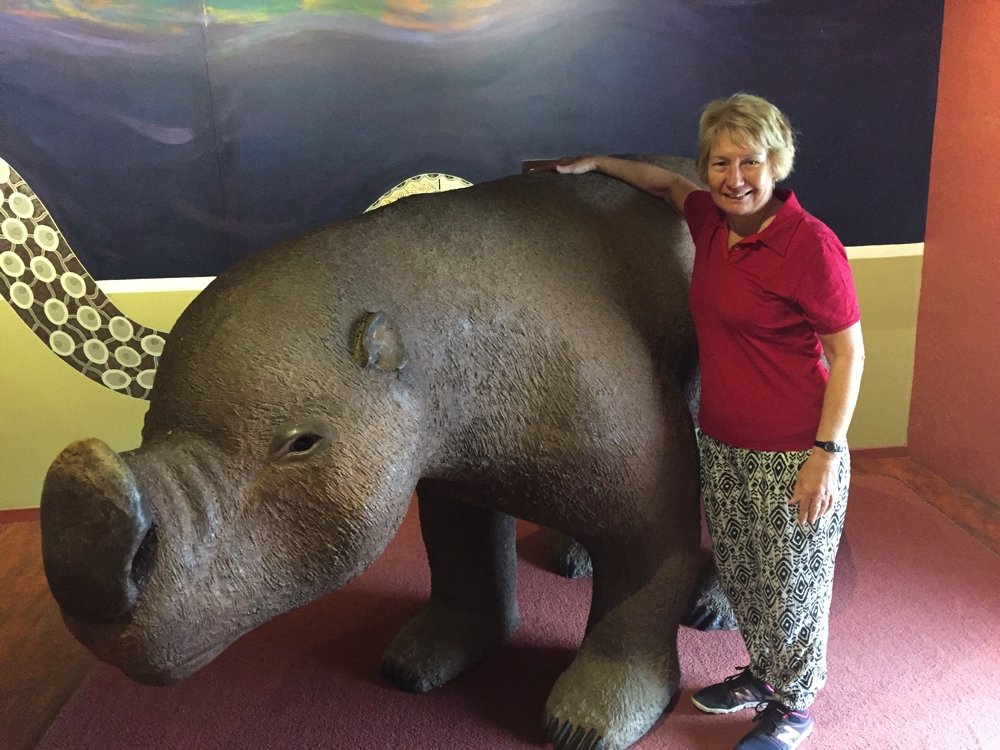
Megafauna at the Discovery Centre. It’s a type of wombat!
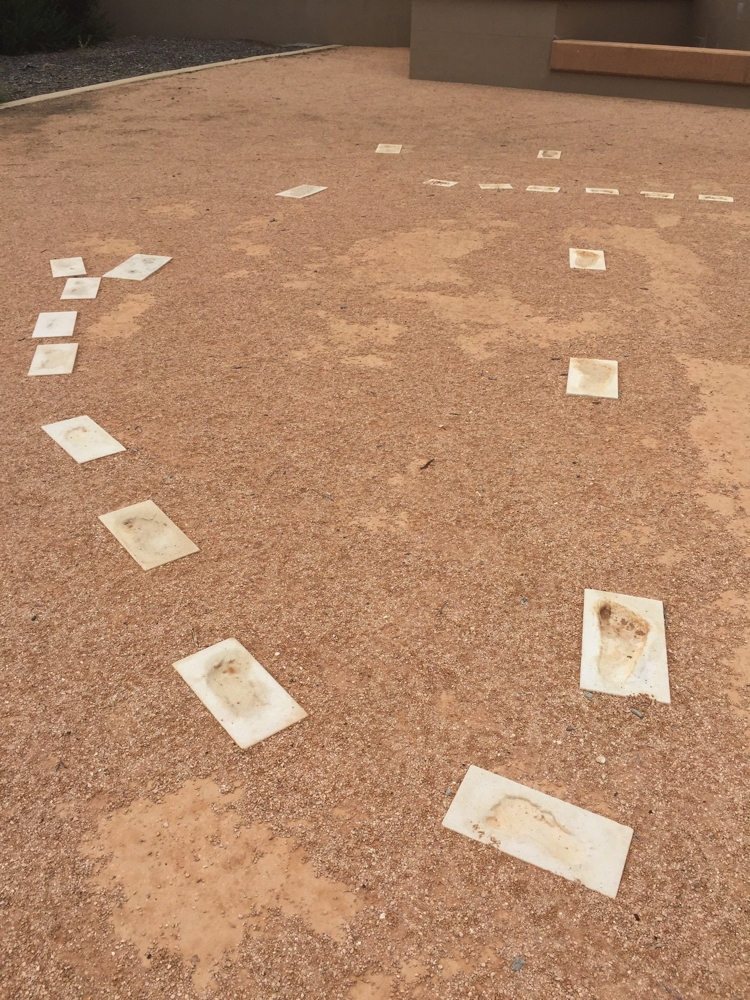
Ancient footprints. The ones on the left were made by a child.
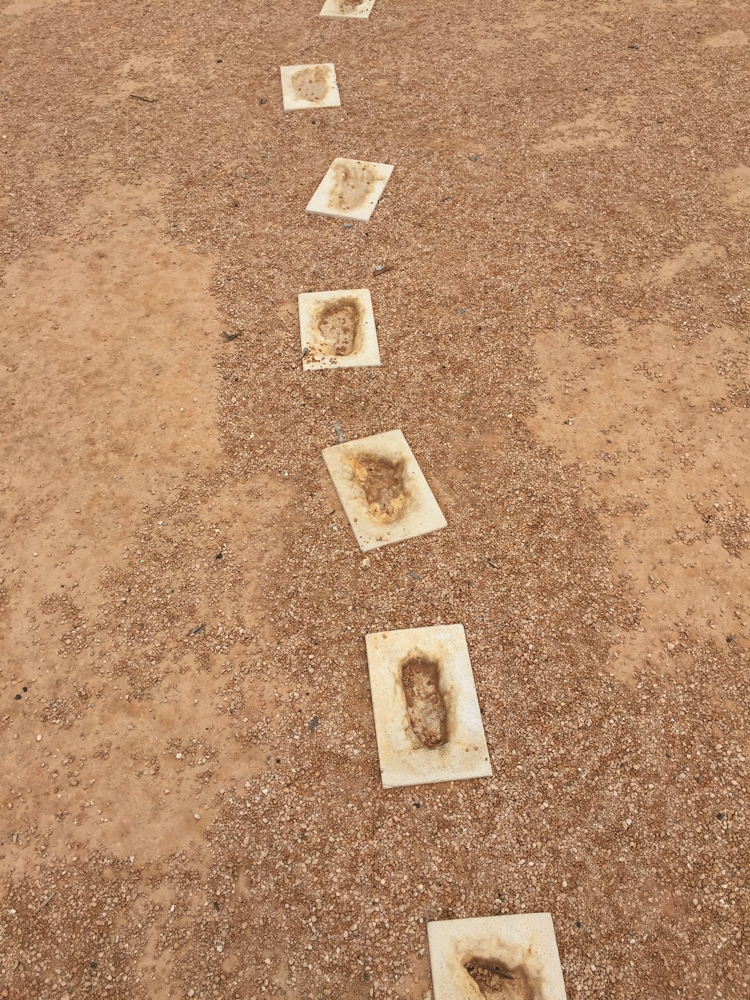
Ancient footprints recreated at the Discovery Centre. Difficult to photograph to give you a good idea. Pity, because I found them very interesting.
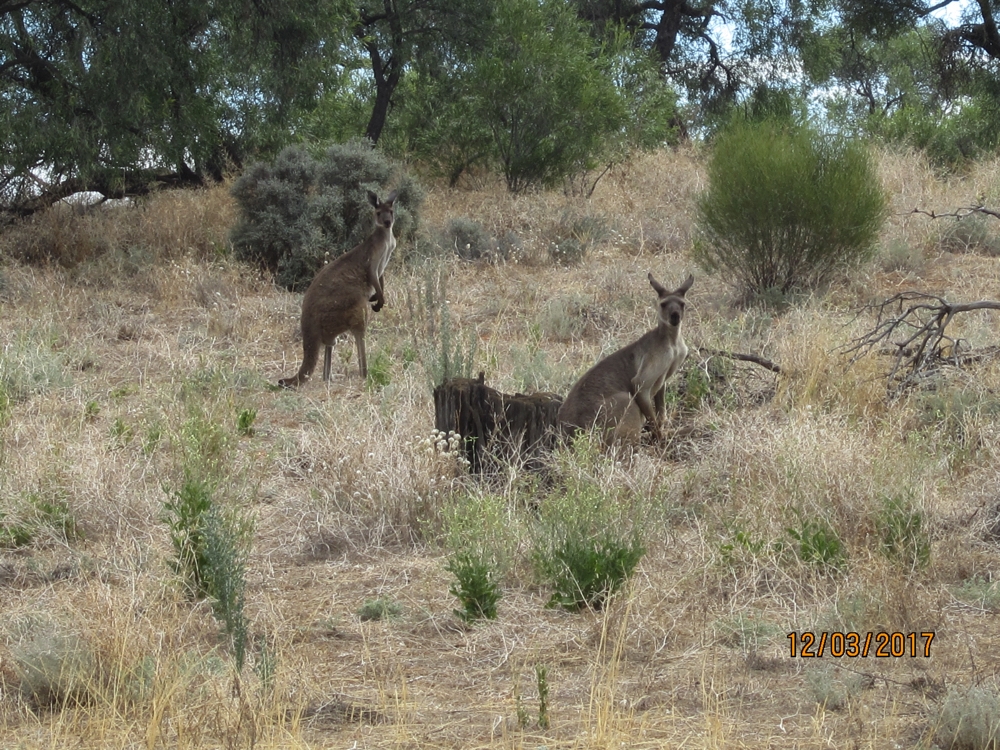
There are two types of kangaroos out here. Western Greys, which these are, and Red Kangaroos.

Big Western Grey kangaroo checking us out.
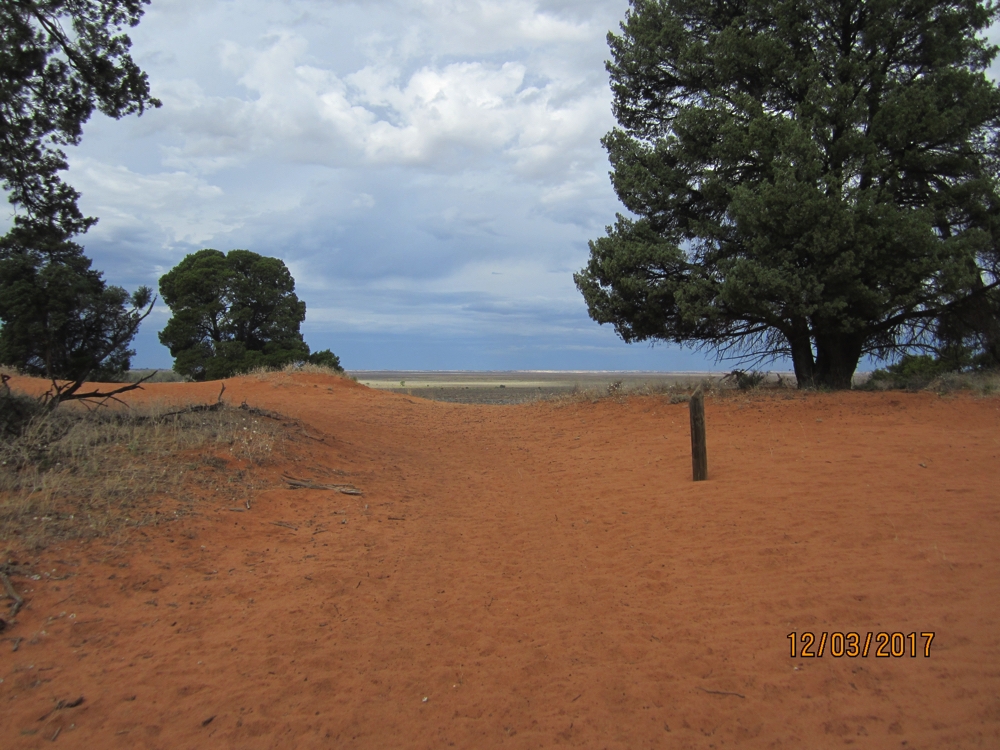
Photo taken from the red dunes (i.e. not the white lunette-style dunes that make up the Walls of China), over Lake Mungo.
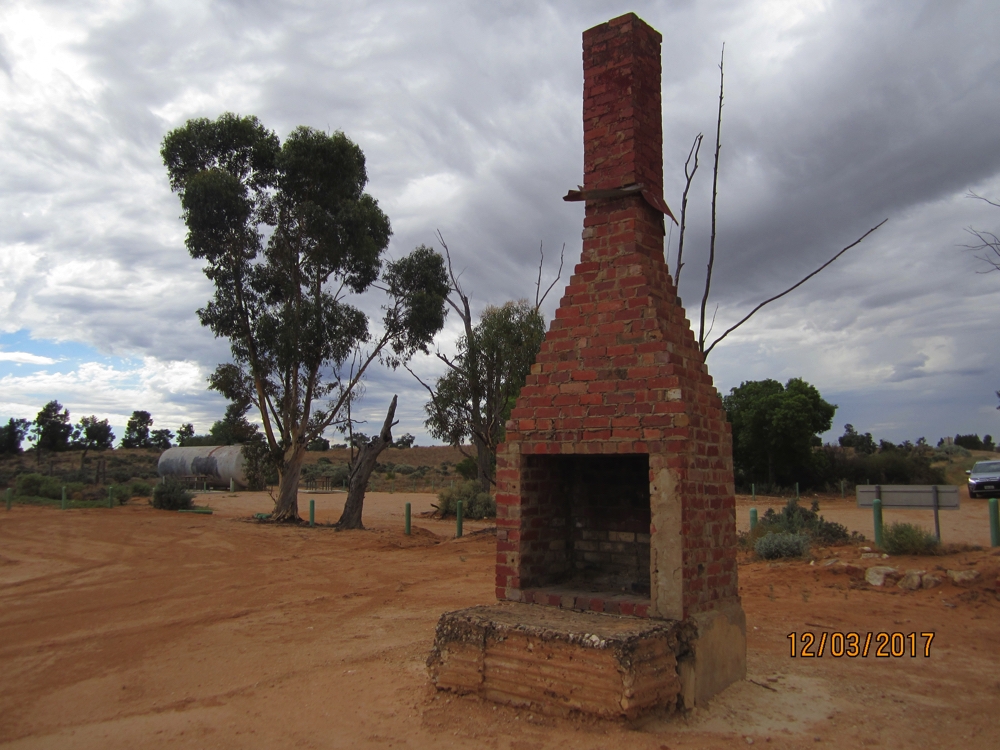
Not much remains of Zanci Homestead.
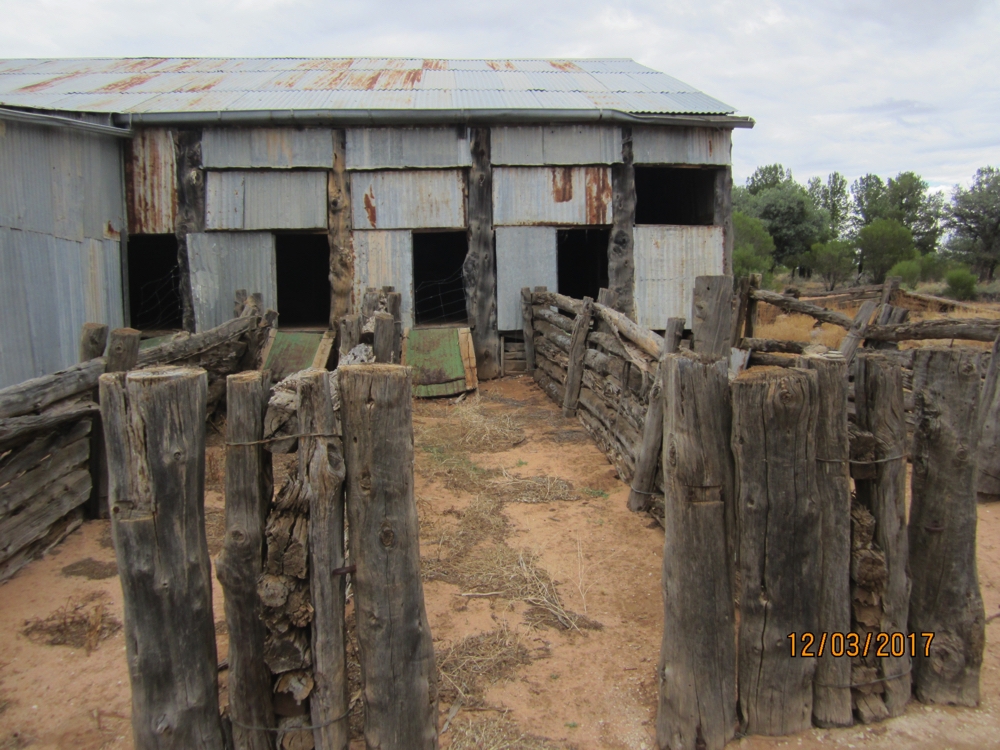
Zanci shearing sheds. I reckon all that corrugated iron would make it pretty hot to work in.
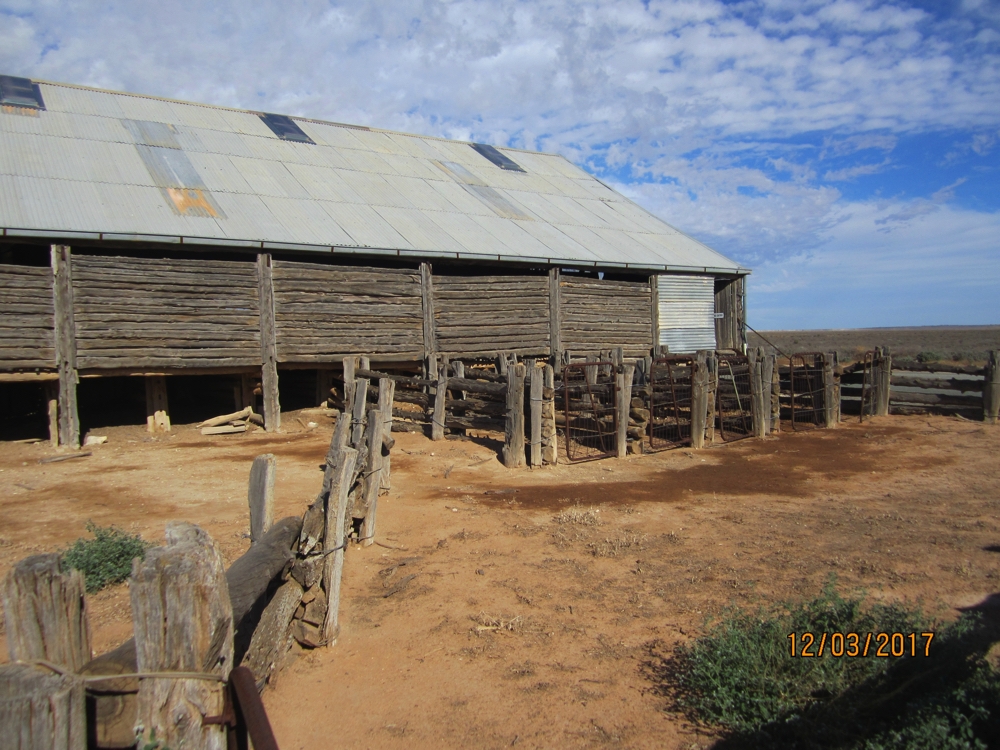
Mungo Station shearing sheds. Note the ‘dropped log’ construction of the walls. When the shed was first built shearing was done with hand clippers and there were many shearers, as times changed and steam-engine powered clippers became available the number of shearers was reduced to 5. Hence only the last 5 bays have the corrals for the shorn sheep.

The inside of Mungo Station shearing shed. Note the wheels where the clippers received their power, and the chutes where the newly shorn sheep was pushed down to the outside.
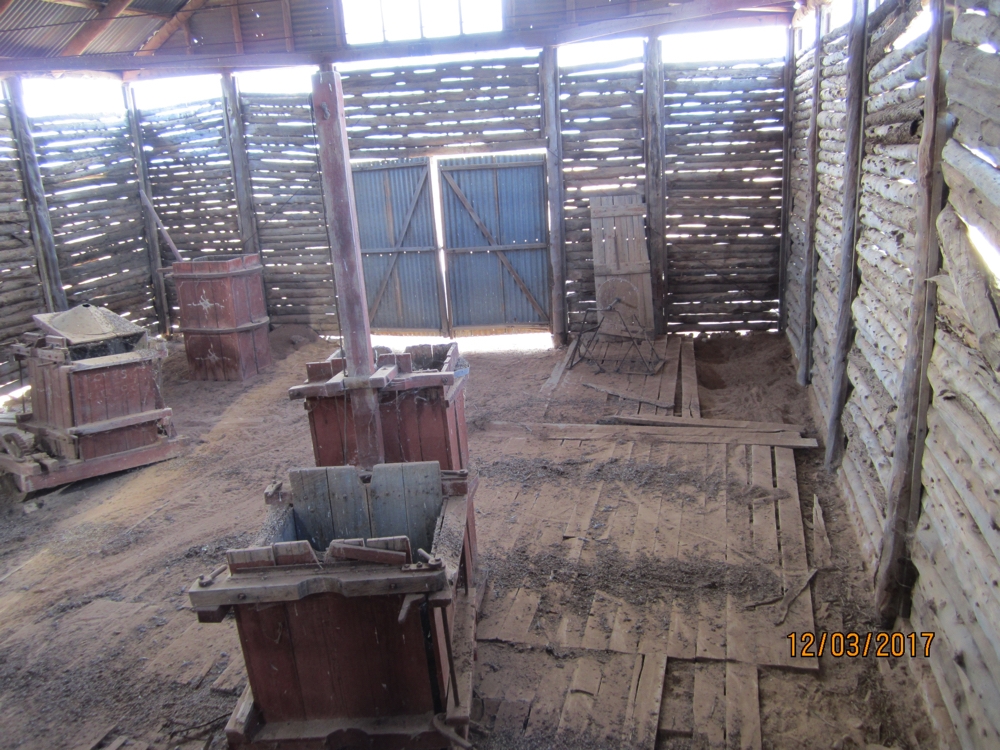
The ‘baler’ in Mungo Station shearing shed.

The steam engine that provided the power for the clippers. Mungo Station shearing shed.
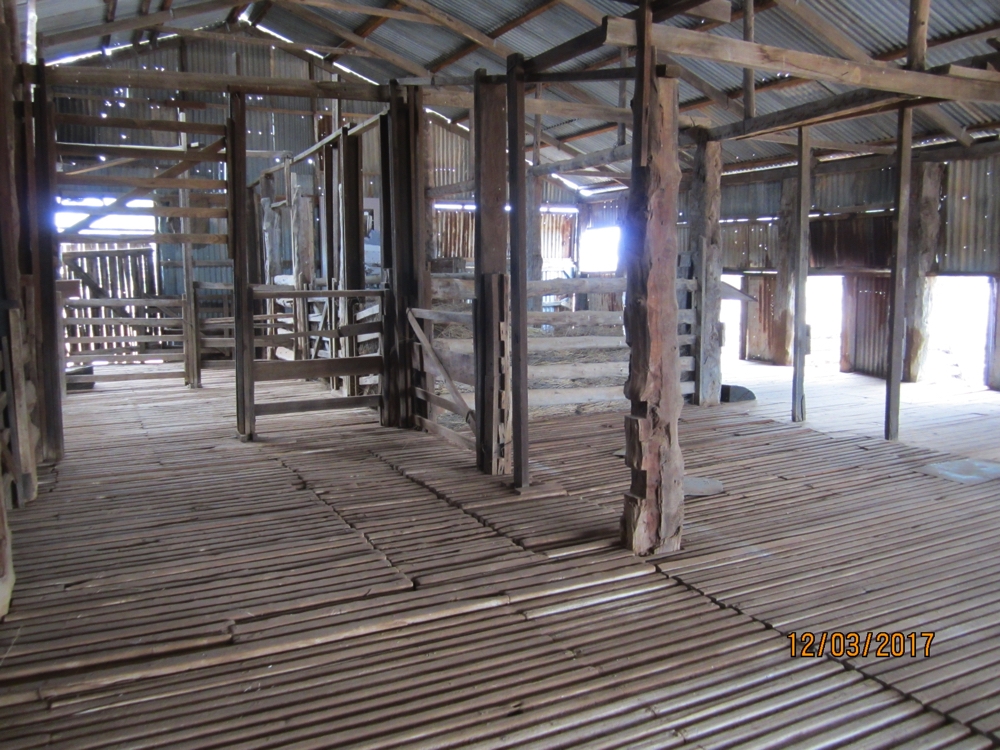
Inside the shearing shed at Mungo Station.
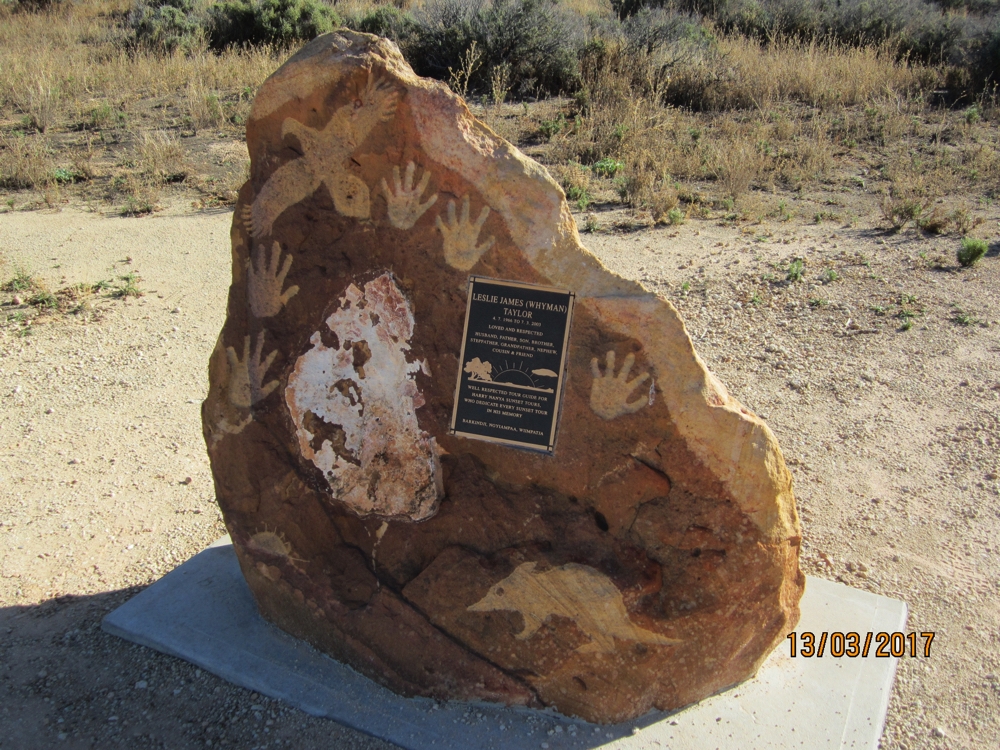
A memorial to an indigenous ranger who died on the job. The numbat at the bottom and the eagle at the top are totems of his family.

Dunes at the edge of the Lake.

Walls of China
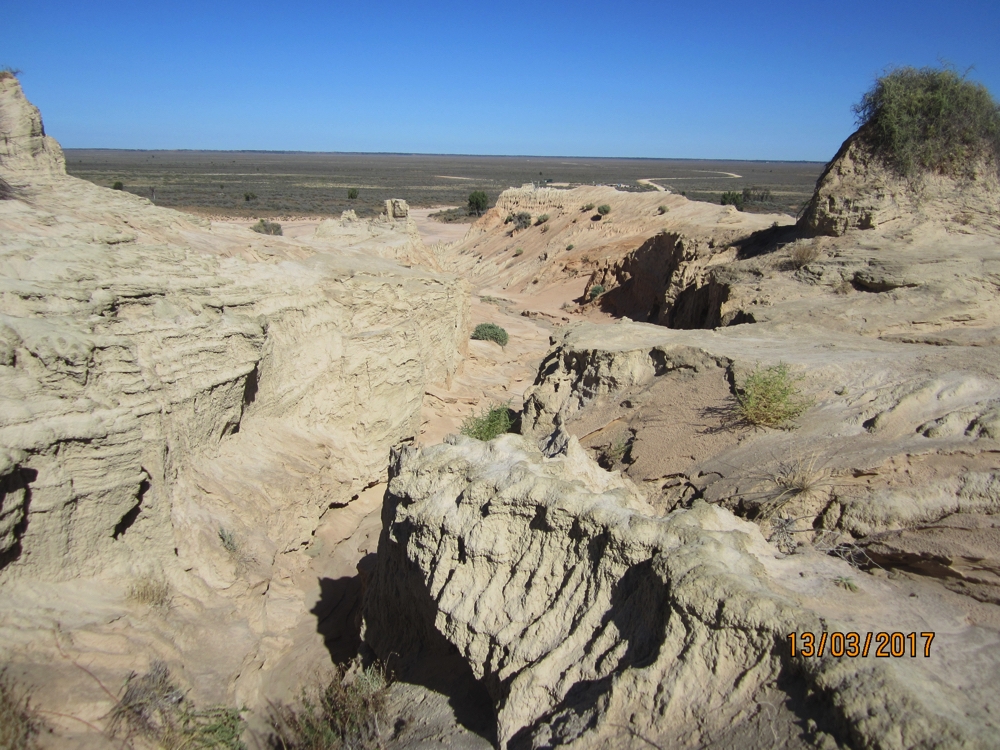
Walls of China – note the road crossing Lake Mungo in the background. That takes you back to the Discovery Centre.

Walls of China. Even the sand in the foreground tries to make you believe you’re on the foreshore.

Walls of China
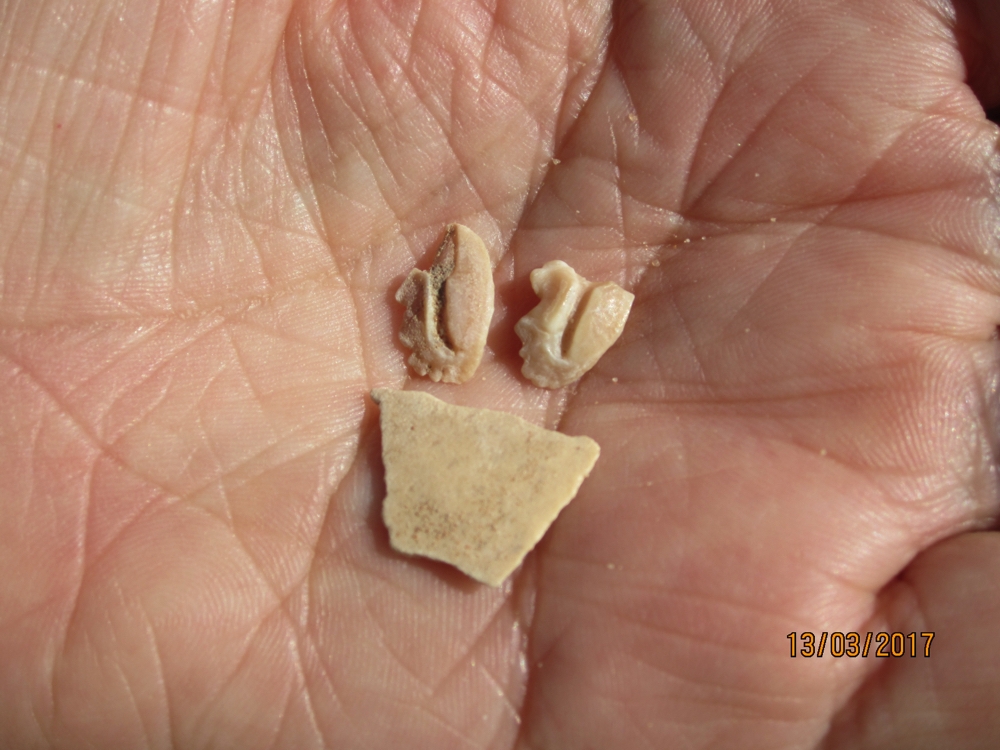
The two roundish fossils are from very ancient fish. They’re the bones from their ears which are slowly built up from a substance that can be dated. The foreground is the fossilised shell of an emu egg.
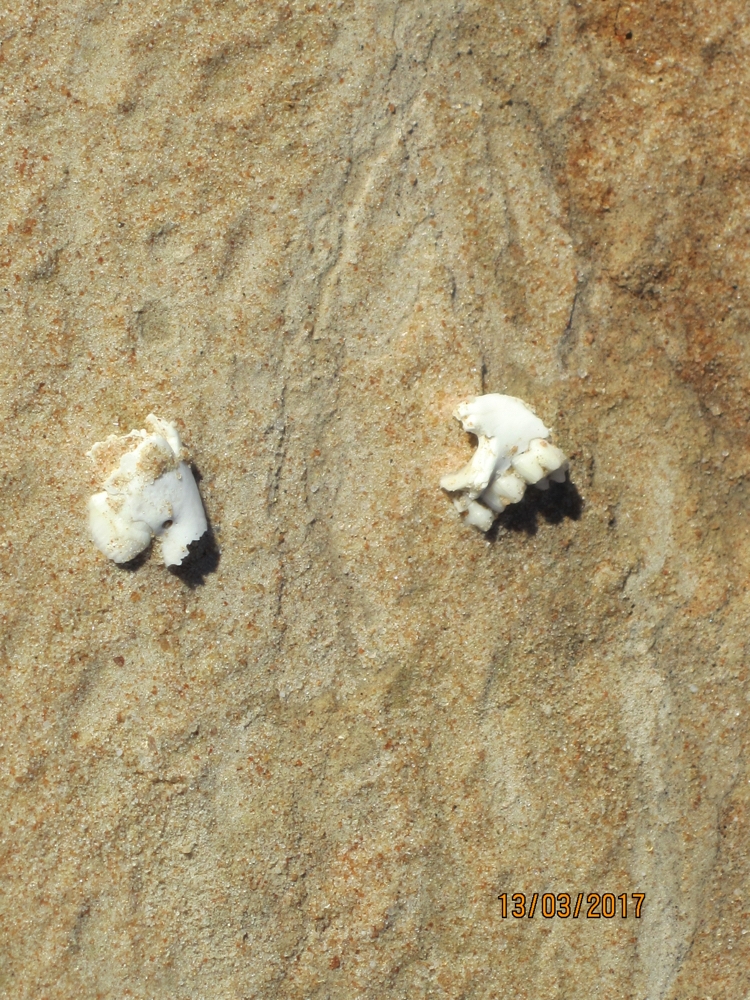
Weathering is just beginning to expose this fossil. So far it’s just the molars of a mandible that can be seen.
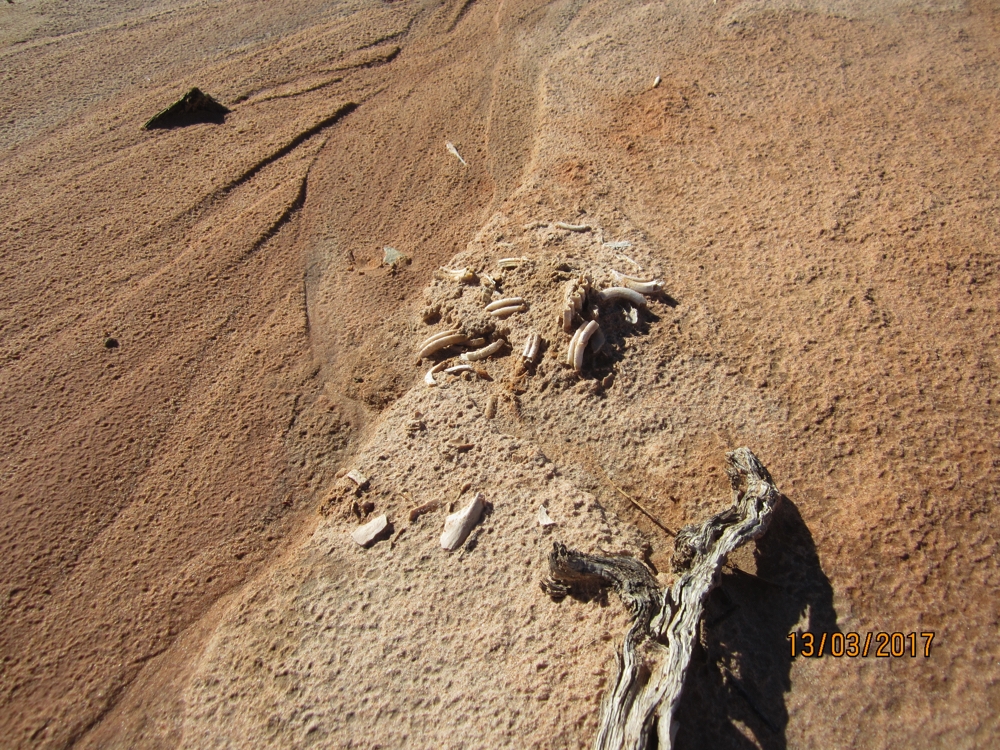
The bones of a wombat that died many thousands of years ago. As the Walls weather more of these fossils are being exposed.
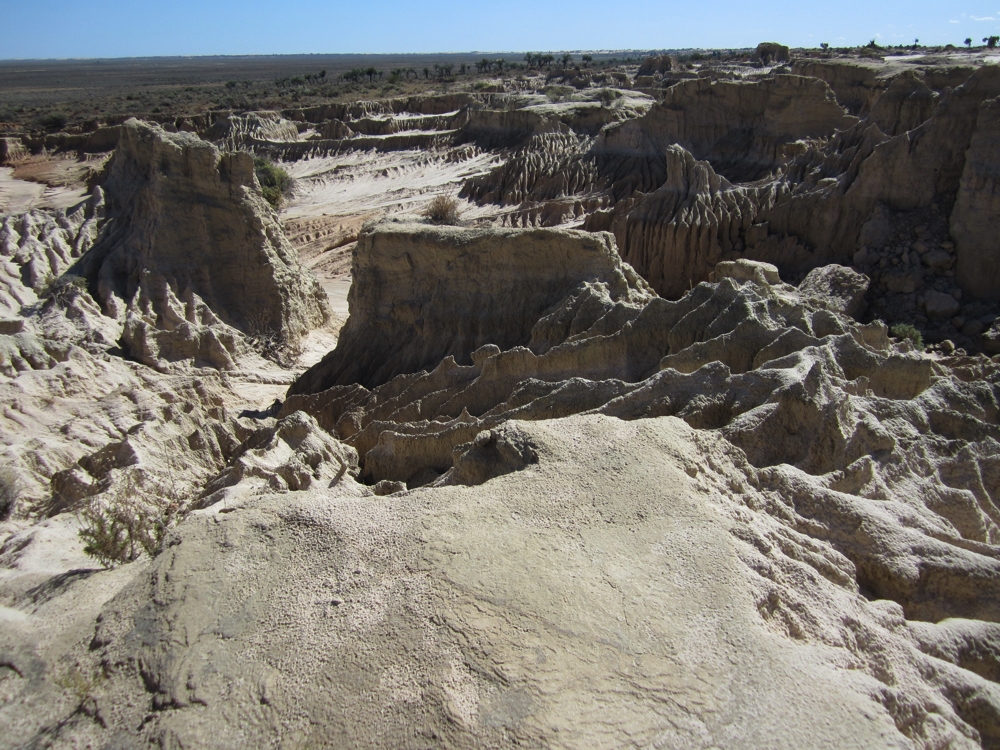
Walls of China

Weathering of the Walls of China.
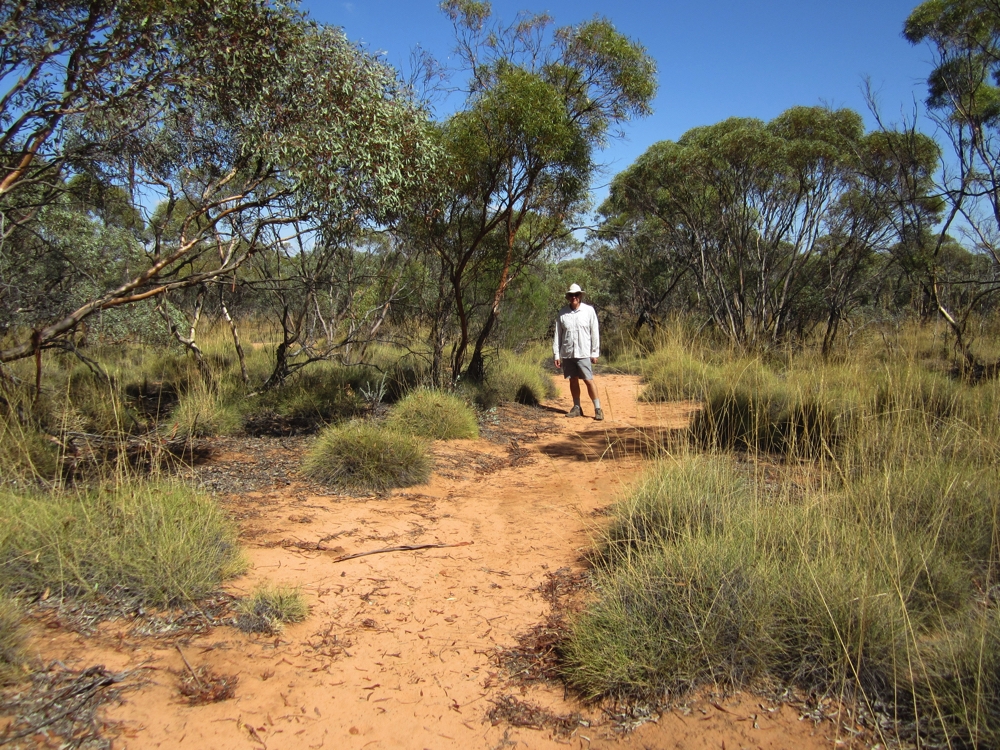
Walking through the Mallee scrub
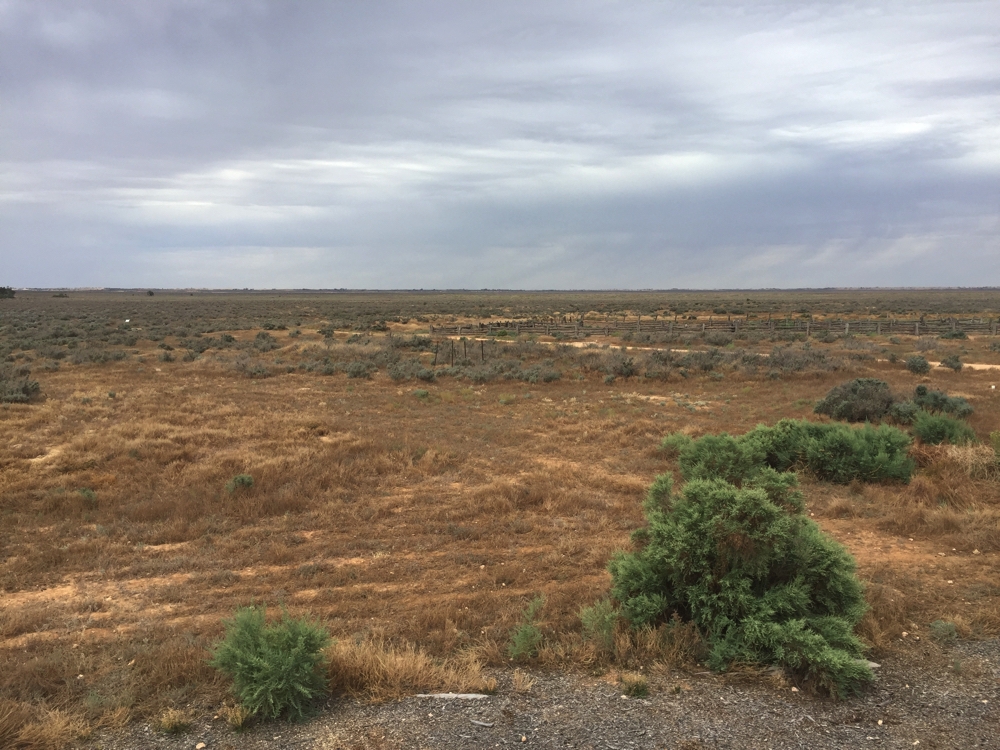
Lake Mungo
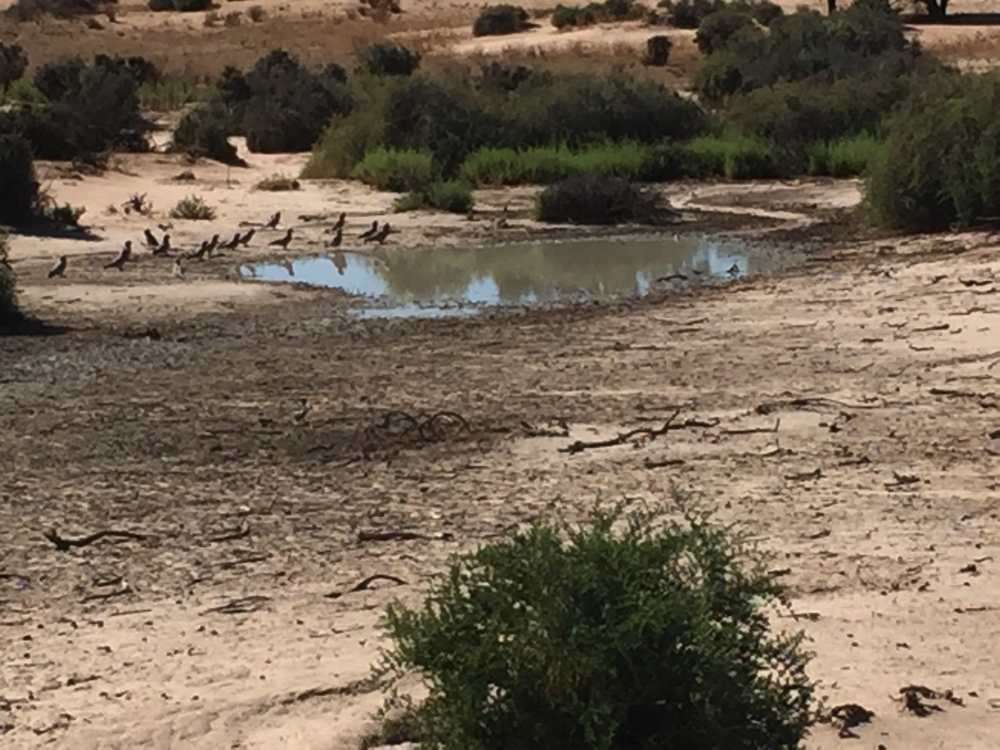
Pink Galahs having a drink at one of the naturally occurring soaks. It rained a little last night so more water there than usual.
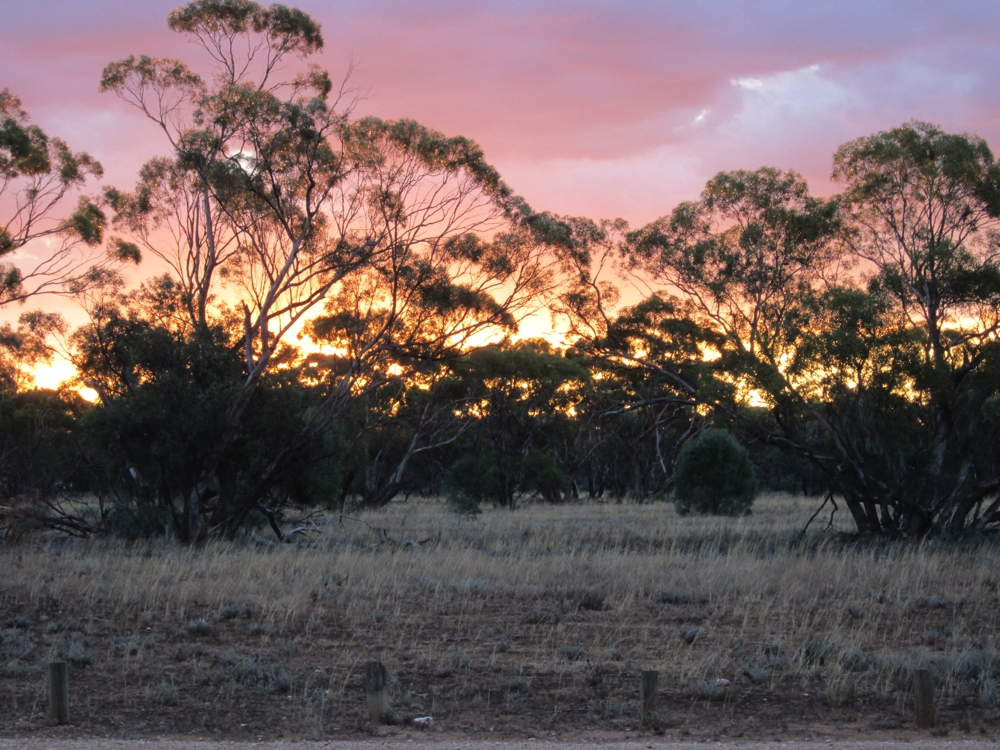
Sunset from Belah Campsite.
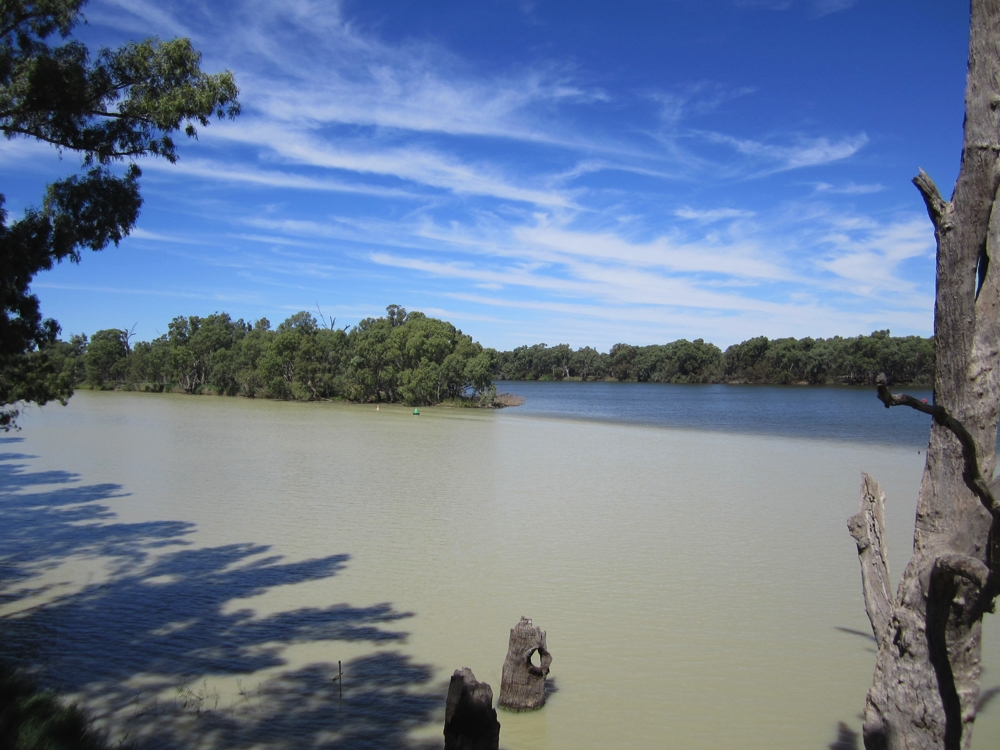
The confluence of the Darling River, closest and the Murray River in the background.